
This is a placeholder text
Group text
by Ibrahim on 23 February 2016 - 08:02
Let us go back to Mr. Lanting radiograph, and trace bones and joints to best possible correctness. I will trace the shoulder blade on the ridge, and shoulder joint to my best guess as it is not very clear in radiograph. Let us see what angles we get.
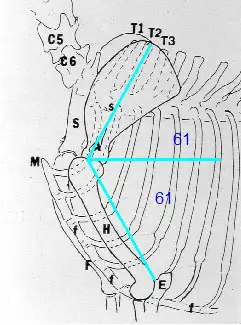
These angles are measured by autocad
Shoulder angle 122
by Ibrahim on 23 February 2016 - 08:02
If you look at the shoulder blade, there is a line named s, I assumed it is the ridge, if I am wrong and that line is not actually the ridge and ridge runs in exact center of shoulder blade then we get a better angle of 55
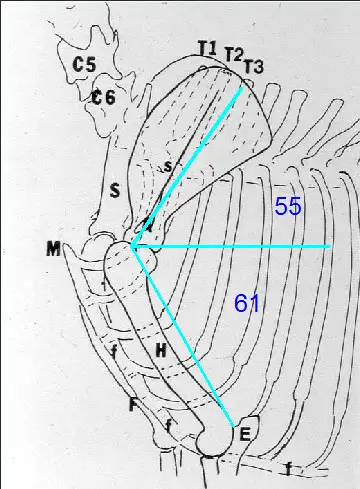
These angles are measured by autocad
Shoulder angle is 116
by Ibrahim on 23 February 2016 - 08:02
Mr. Lanting thinks to assume a shoulder ideal lay of 45 is incorrect and should be round 55 same as that of the upper arm ideal angle.
The radiograph he presented supports his belief. For me I will stick to Mr. Louis assumption of 45 degrees for shoulder blade ideal lay, I see it achievable and better suits stability of the forequarter assembly.
by Ibrahim on 23 February 2016 - 10:02
The good thing Mr. Lanting did is he radiographed dogs in movement and that is facts we can build on to understand front reach, the role of humerus length and angle, also role of shoulder blade lay effect on front reach. This is a radiograph of a good shoulder in full front reach
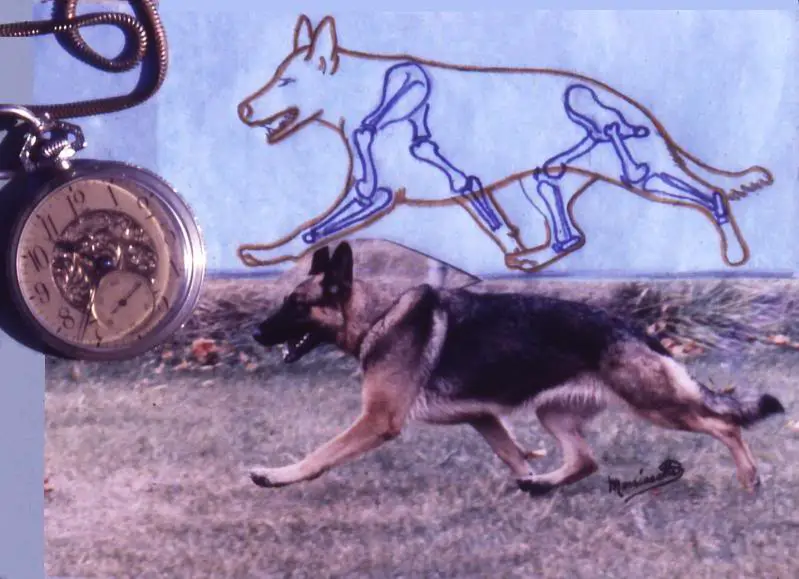
by Rupesh Nair on 23 February 2016 - 10:02
by Ibrahim on 23 February 2016 - 10:02
Let us trace the bones
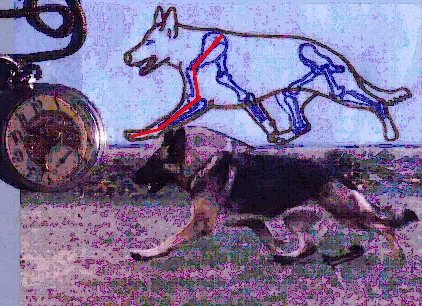
by Ibrahim on 23 February 2016 - 11:02
And let us measure all angles
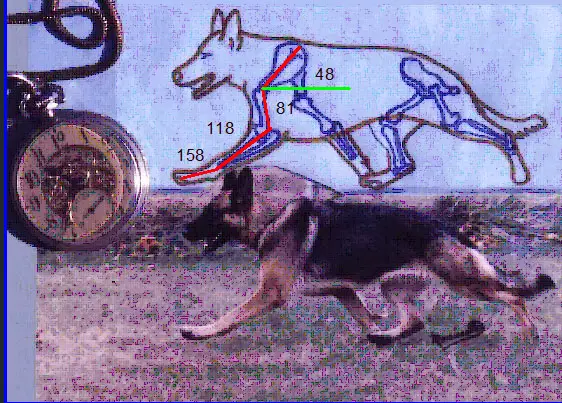
Above angles are measured by autocad
by Ibrahim on 23 February 2016 - 11:02
Have a look at the green light, interesting, right?
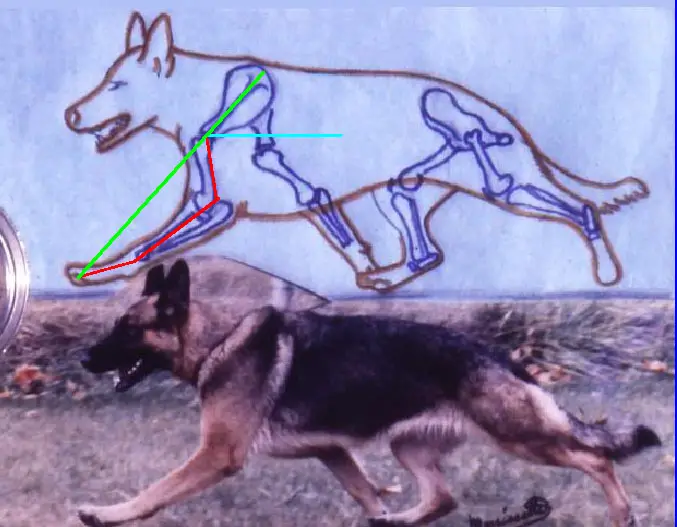
by Ibrahim on 23 February 2016 - 11:02
To make it more interesting I will copy those bones and place them on the dog itself for you to start visualizing
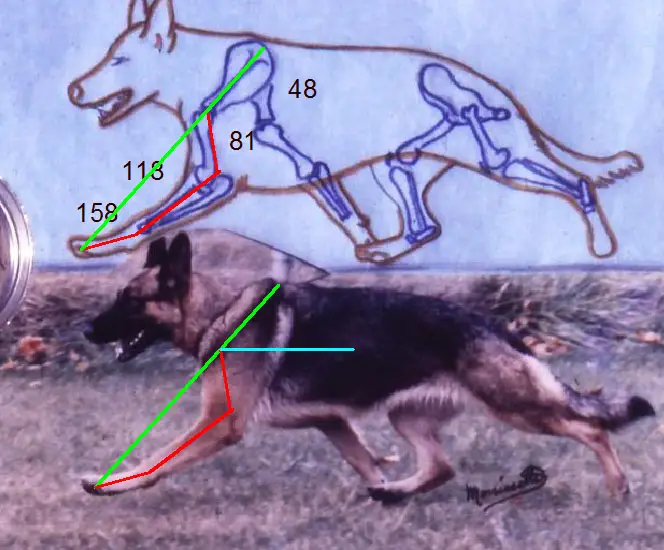
by Ibrahim on 23 February 2016 - 12:02
Here the bones only
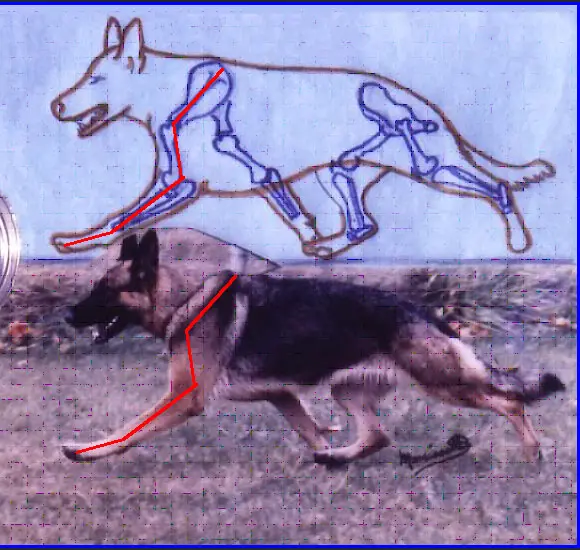
Contact information Disclaimer Privacy Statement Copyright Information Terms of Service Cookie policy ↑ Back to top




